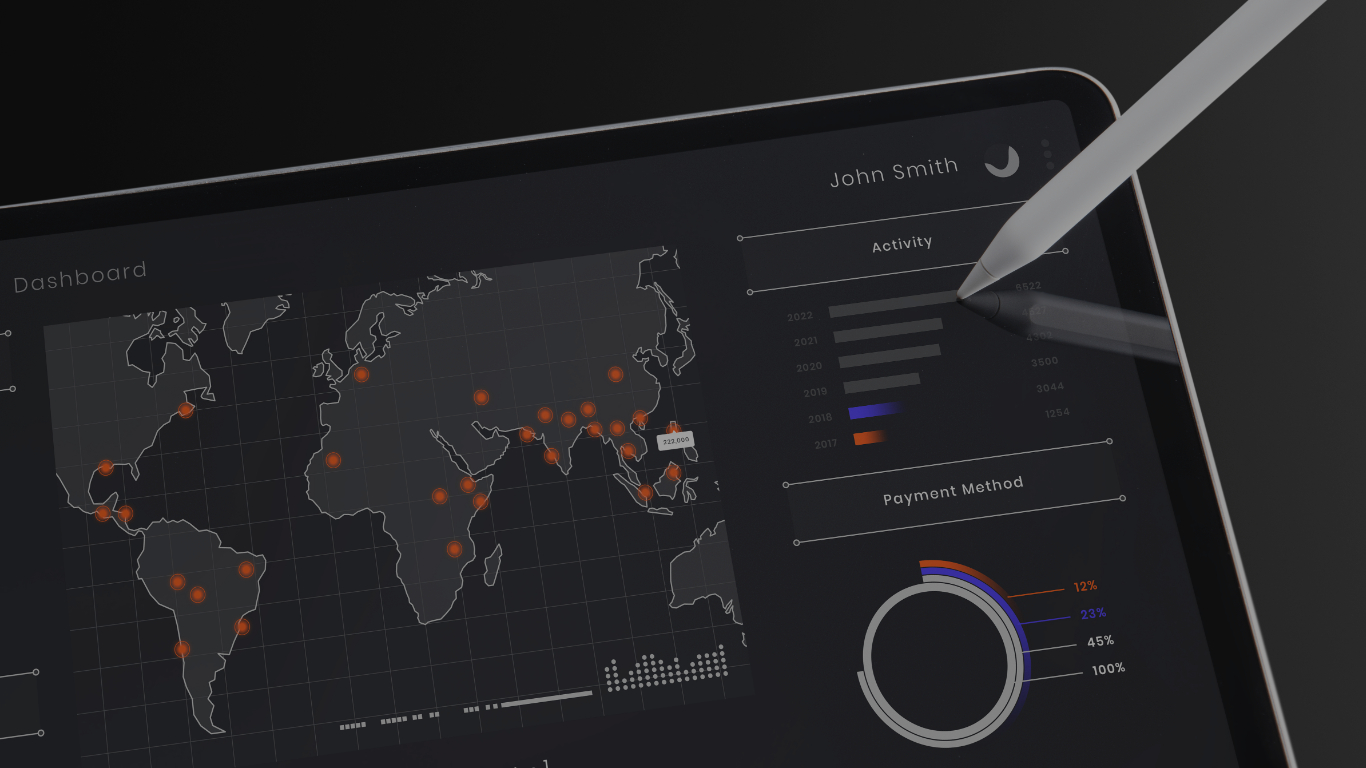Over many years there have been a number of high profile mergers/ de-mergers, acquisitions and consolidations. In each case one of the key drivers for the move was cited as synergies, translating into cost reduction, particularly in core systems.
In reality, although some integration has taken place, the difficult and complex core systems remain largely as was. These systems tend to be platform intensive, based on legacy technology or highly modified enterprise software platforms where clients are often billed by processing units used. The applications that run on them have probably hundreds of years of coding time invested in them, making them not only very expensive to support but largely very difficult to enhance and modify. This is of particular concern to large Enterprise organisations that have to adopt new rules and codes from international regulators and react quickly to global risk and compliance demands. It is particularly visible in the world of Analytics and Planning where organisations are struggling to move from simple BI that merely report on the business, to complex algorithmic based predictive solutions that allow them to make complex, insightful and business changing decisions quickly and easily.
It is the ongoing support and modification of such platforms and applications that washes through the accounts of large enterprise, residing on the balance sheets for year after year often as the ongoing Opex – that constitutes what we know as Technical Debt or Toxic IT.
Technical Debt Reduction
Technical Debt Reduction therefore is about substantially reducing operational overhead, by deployment and transition to new platforms and off the shelf applications, to lower operational and support costs, which will go towards paying down the Technical Debt burden.
However the biggest win of all will be when the legacy systems are eventually turned off and there expensive operational costs and support fees negated. It is then when the Technical Debt will be seen to have cleared.
With the reduction of technical debt the budget holders gain substantially, while the dependency on the operations functions caused by inherent complexity will be reduced.
There is however the question of risk, re-platforming is a recognised risky business and will involve skills and understanding not always available “in house” or within a single enterprise, it is this that many in house detractors will home in on to build an often self-centric argument as to why a move away from on premise is flawed.
The Rise of Cloud
This then also opens the question of hosting vs cloud, hosting could be considered a partial answer as it is effectively moving the operation and support of the base infrastructure to an outsource model which will almost certainly give some commercial advantage. Cloud on the other hand provides all of the advantages of a hosted environment, but gives the advantage of auto-scaling and load balancing from a technology standpoint and a subscription or “pay as go” pricing model from a commercial perspective.
It is in this scenario that we have seen the rise and rise of enterprise cloud providers such as AWS, Google, Microsoft and Equinix who can make systems available at low cost, low risk and on-demand, even the traditional supporters of on premise core systems such as IBM and HP have along with enterprise software majors SAP, Oracle, IBM and Microsoft begun their own migration even if somewhat wearily to the cloud.
The question therefore is what and at what point should platforms be moved to the cloud, what is the commercial gain of moving there and does the benefit outweigh the risk.
Firstly then there is a need to define the cloud: It is a place where we can securely operate our computing platforms, where we can flex our consumption upwards and more importantly downwards as our demand dictates. Where we pay for what we use with complete elasticity and where IT must be able to cope with the demands as we flex from “run the business” to “change the business” and back.
Cloud Options Abound
We also need to define what type of “cloud” we should use: public cloud, private cloud, or some form of hybrid or even a hybrid on premise cloud solution.
The answer realistically will vary from enterprise to enterprise and application to application, but should be governed by the overarching philosophy of “I only want to pay for what I use, when I want it” Whether that be 100% availability for core systems, or lower availability platforms that are more time and/or demand based.
There is also the question of perceived security, while there is an overall acceptance now that the cloud per-se is and can be as secure as on premise, given that most enterprise architectures route to different locations on public networks using infrastructure largely outside of their control, there will be a reticence in some board rooms to allow sensitive or competitive data be located anywhere other than on premise.
Realistically therefore at this time it is unlikely that 100% of the enterprise compute platform will be able to be moved to the cloud easily. On that basis there will be a residue of hopefully diminishing Technical Debt residing on the enterprise balance sheet for time to come.
However, with the large enterprise software vendors moving to cloud based options either with cloud variants of on premise applications or application extensions and the increasing acceptance of open-source platforms such as Hadoop by the enterprise, an increasing part of the enterprise computing landscape can be moved to cloud based solutions, a situation that can be accelerated by involving industry specialists that understand how business processes can be improved and fine-tuned as the IT landscape changes.
Cloud as Mainstream
What is also clear is that recent financial stresses on the enterprise have created a will and desire to look at the issue of technical debt reduction. The cloud has become an enabler for this as never before, as CXO’s are now asking why do I need to invest when I can take Software, Platform and Infrastructure as a service, when I need it and scale it without question.
CXO teams will also want to be assured that they can flex-down IT spend in line with business dynamics if their business goes into a downturn rather than being left with expensive redundant asset and support costs.
Also Cloud is becoming main-stream, with major infrastructure and software vendors moving or re-launching their own legacy platforms and, more importantly, innovating in the Cloud – a move which may also bring an unpredictable consequence as the IT Skills base is migrated towards “cooler” cloud based technologies, raising the spectre of higher support costs for legacy technologies.
Whereas previously any plan to reduce technical debt would have required a grand plan with a financially robust business case to underpin it, the cloud enables the migration to a subscription model in piecemeal manner allowing each migration to be “gated” both technically and financially reducing balance sheet IT provision dramatically while controlling and flexing a marginal increase in IT spend from an Opex perspective.
Further the price point for cloud provision is lowering sharply as new players come into the market and cloud brokerage forces price points lower, a situation further exacerbated by the ease of movement between cloud platforms while not having to worry about residue IT legacy costs.
The Impact of Cloud
It is clear therefore that the cloud is having and will increasingly have a significant impact on legacy computing environments, slowly at first as on premise, shares with the cloud in a hybrid format, in many cases with the on premise part maintaining the larger part of the equation.
However, business agility is now key and Cloud promotes the fulfilment of business agility as never before, as “as a service” proves itself not only commercially but also technically making the introduction of new platforms and delivery methods simpler and integration to legacy easier.
Also with new technologies tending to incubate on cloud platforms, it prompts the inevitable question of why should they be migrated to on premise “production” environment rather than to be continuously located in the cloud, all of which means the balance from on premise will move further and the impact on historical technical debt will inevitably increase.
In summary IT progresses forward with an inevitability, and demand has an inevitable consequence on performance and price. This acceleration has a consequence on the enterprise computing landscape, as business agility and flexibility has to be aligned to continued cost reduction but with the flexibility to deliver new business advantage consistently and with certainty.
Cloud as it evolves connected with a continued reduction in Technical Debt delivers the answer this almost unique equation. The time to start the journey is here and that time is now..






